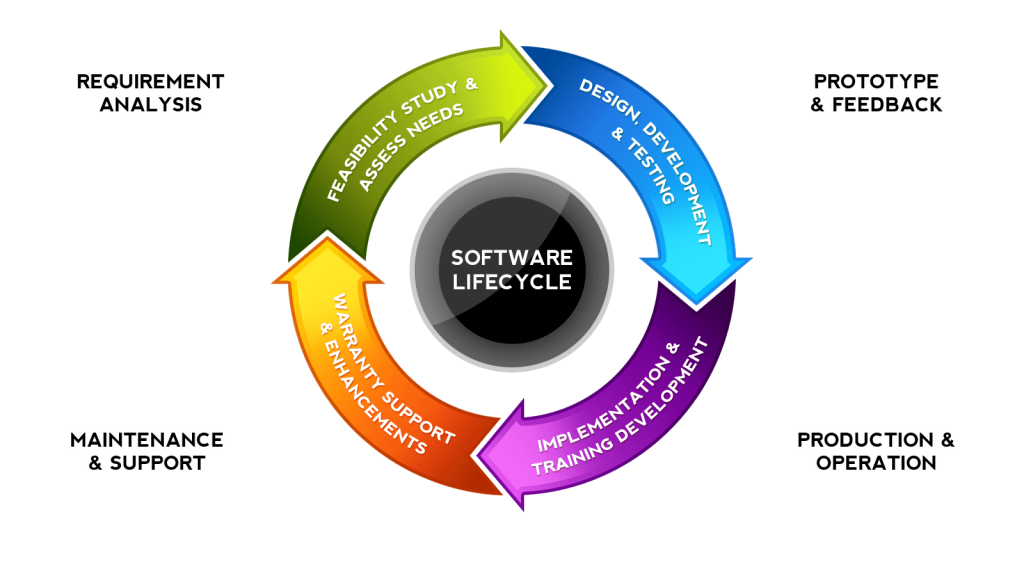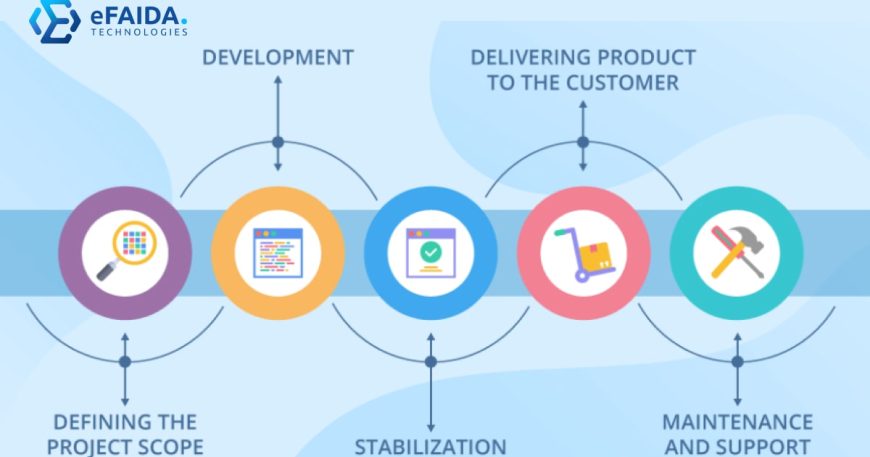Introduction
WADLC (Web Application Development Life Cycle) represents a structured procedure, which is used in the software development world, to make web applications. It is therefore very pivotal to ensure that the process is executed well, the requirements of the client are met, and that the right time is put in. For this article, we shall analyze the different stages of the WADLC system in depth.
Planning Phase
The first stage in the SDLC process is planning, where the project requirements are received and at this point handled. During this stage, the range of the project, objectives, and timeline planning occur. Furthermore, the research plan examines the technological and financial feasibility of the project.
Requirement Analysis
The development team puts in a lot of effort to elicit all the requirements for web applications from their client with whom they work closely during the requirement analysis phase. This includes stating what the application does, what features it has, and how it interacts with the end-users. The team will also fish out any bottlenecks or limitations that may hinder the team development process.

Design Phase
During the very first stage of the development process, the team of developers is in charge of the crucial task of overall architecture and design of the web application. Such cases involve detailing the GUI, database structure, and system architecture. Besides this, the team establishes wireframes and prototypes for laying out and conveying the look and feel of the app.
Development Phase
The development phase comprises the execution of the coding for web application creation. The programming team closely follows the design specifications and implements languages consisting of HTML, CSS, JavaScript, and other languages to realize an application. Additionally, the team implements unit testing to verify all application parts work properly as a part of the team.
Testing Phase
The testing team of the developmental team holds different tests during the testing phase to verify that the web application is without any bugs or errors. This is where stakeholders are involved to validate that the application performs well across functional testing, usability testing, performance testing, and security testing. We solidify the issues found during testing and erase them to ensure the healthiness of the application you are deploying.
Deployment Phase
Then, after the production environment has finished testing and approved it, such a web application is deployed. Furthermore, the deployment phase entails installation, configuration, and improvisation of the application to make it work to the optimum level and to allow users to easily access it. In addition to the application, the team preps instructions and support for the users of easy-to-navigate new applications.

Maintenance and Support
The maintenance and support phase is when a web application is constantly running through regular maintenance and control. This includes steering it clear of any hitches, updating it to match new needs, and acting as tech support for the users. This step will make sure that the output web application will not crash and be up-to-date.
Lastly, the Web Application Development Life Cycle is an organized methodology for web applications that provides smooth development and implementation. Thus, by adopting this approach, developers may accomplish their mission of developing applications of the highest quality and most suitable for their clients or users.

Frequently Asked Questions
Q1. What is the Web Application Development Life Cycle (WADLC)?
The Web Application Development Life Cycle (WADLC) is a systematic procedure that simplifies and organizes developers’ tasks in the process of creating web apps which includes planning, design, development, testing, deployment, and maintenance. It creates the prerequisite conditions for developing applications for the web productively and taking into account the needs of users and stakeholders.
Q2. Why is WADLC the most significant thing in the coding of websites?
One of the most valuable contributions of the WADLC is that it puts a roadmap in the software development of web applications. It assists developers in handling available resources heuristically, reduces development costs, and brings remarkable products that give meaning to user needs.
Q3. Keeping in mind some central considerations of all this policy, what are the most important advantages to be getting from WADLC?
Providing a stage for web application development that is structured and organized, this WADLC is building trust. Therefore, it helps manage the project better, employees are communicating more effectively, and by all means, projects that satisfy customers’ needs are delivered.
Q4. How is the process of the WADLC different from the system’s development life cycles?
The WADLC is intended for the creation of websites, and “The Waterfall model” and agile methodology are broader and could be used for other kinds of software. The main objective of WADLC is an in-depth look at web development components like user interface and web technologies which are unique about the website development.
Q5. What may be the most general challenges of initiating the center in terms of community development?
The challenges that can occur in implementing the WADLC like managing moving requirements, making sure that the team members communicate effectively, and keeping up with corporate goals are quite common. Another matter that wouldn’t be easy to tackle was ongoing monitoring of the technology uptakes in the webspace by the WADLC members.




